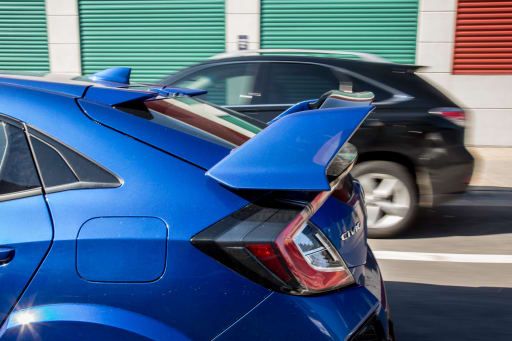
1-888-289-0076

1-888-289-0076

As technology continues to evolve at an unprecedented rate, the future of autos is set to undergo a massive transformation. From self-driving cars to electric vehicles, the automotive industry is on the cusp of a revolution that will redefine the way we commute, travel, and interact with our vehicles. In this article, we delve into the exciting advancements and trends shaping the future of autos.
One of the key developments in the automotive industry is the rise of electric vehicles. With increasing concerns regarding climate change, pollution, and fossil fuel dependency, EVs are emerging as a sustainable alternative to traditional internal combustion engine (ICE) vehicles. EVs offer numerous benefits, including reduced emissions, lower maintenance costs, and enhanced energy efficiency. As battery technology improves, the range of EVs is expanding, making them a viable option for everyday transportation needs.
The concept of self-driving cars once seemed like a distant dream, but it is quickly becoming a reality. Autonomous vehicles (AVs) are equipped with advanced sensors, artificial intelligence, and machine learning algorithms that enable them to navigate roads and make decisions without human intervention. AVs have the potential to greatly enhance road safety, reduce traffic congestion, and increase accessibility for individuals with limited mobility. However, regulatory challenges, infrastructure requirements, and public acceptance remain key hurdles for the widespread adoption of AVs.
The integration of connectivity and Internet of Things (IoT) technology in vehicles is revolutionizing the driving experience. Connected cars enable seamless communication with other vehicles, infrastructure, and the surrounding environment. This connectivity opens up a world of possibilities, including real-time traffic updates, personalized in-car entertainment options, and remote vehicle diagnostics. As vehicles become increasingly connected, the potential for enhanced safety, convenience, and efficiency is immense.
The rise of shared mobility services, such as ride-hailing and car-sharing platforms, is transforming the way we think about car ownership. With the convenience and affordability offered by these services, more people are opting for access to vehicles rather than owning them outright. This shift towards shared mobility has the potential to reduce traffic congestion, lower carbon emissions, and optimize resource utilization. As shared mobility evolves, we can expect to see innovative business models and new forms of transportation emerging.
Vehicle-to-Everything (V2X) communication refers to the exchange of information between vehicles and their environment, including other vehicles, pedestrians, traffic lights, and infrastructure. This technology enables vehicles to make informed decisions, anticipate potential hazards, and optimize traffic flow. V2X communication has the potential to revolutionize urban mobility by creating safer, more efficient transportation systems. As cities become smarter and more connected, V2X communication will play a crucial role in shaping the future of transportation.
Advancements in automotive technology are also focused on enhancing safety on the roads. From collision avoidance systems and lane-keeping assistance to adaptive cruise control and autonomous emergency braking, vehicles are being equipped with increasingly sophisticated safety features. These technologies aim to reduce the number of accidents, injuries, and fatalities caused by human error. As safety continues to be a top priority, we can expect to see further innovations in this area.
As environmental concerns grow, the automotive industry is exploring sustainable materials to reduce the environmental impact of vehicle production. From lightweight composites made from recycled materials to bio-based plastics, manufacturers are reimagining vehicle design and manufacturing processes. Sustainable materials not only reduce carbon emissions but also offer opportunities for improved fuel efficiency and recyclability. The adoption of sustainable materials will be a key driver in shaping the future of vehicle design and manufacturing.
Range anxiety, the fear of running out of battery charge, is a significant concern for electric vehicle owners. However, advancements in energy storage technologies are addressing this issue. From solid-state batteries and fast-charging infrastructure to wireless charging, researchers and manufacturers are working towards overcoming the limitations of battery technology. These innovations will not only enhance the range and charging capabilities of electric vehicles but also contribute to the widespread adoption of EVs.
The future of autos is a thrilling blend of technological advancements, sustainability, and convenience. Electric vehicles, autonomous driving, connectivity, shared mobility, and advanced safety features are just a glimpse of what lies ahead. As the automotive industry evolves, it is poised to offer us a future where transportation is greener, safer, and more interconnected than ever before. Brace yourself for a revolution on the roads!